- Home •
- Books by Category •
- Imprints •
- News •
- Videos •
- Media Center •
- Reading Group Center
The World of Detective Fiction, According to P.D. James
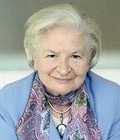
I’ve never been much of a detective fiction reader. You’re more likely to catch me shouldering a translation of War and Peace than the newest thriller by Christopher Reich or a suspenseful caper by Patricia Highsmith. But I’ve learned that crime novels are the most popular choice among today’s readers, and I’m starting to catch up. And to get a sense of the genre, it’s hard to find a better guide than P.D. James.
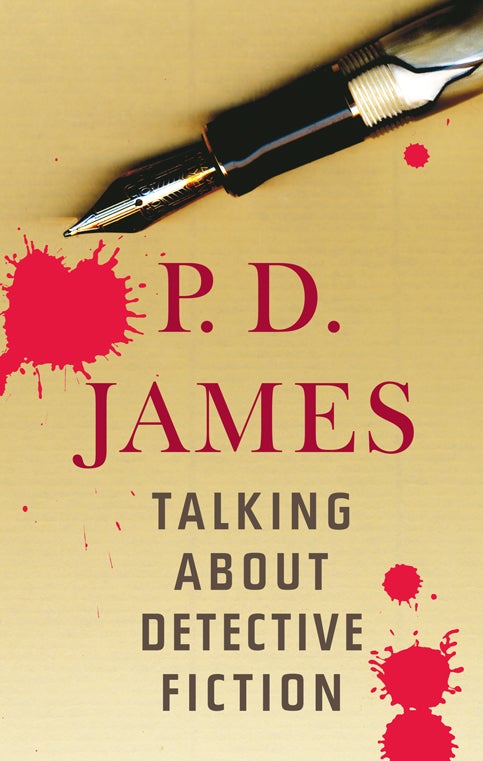 Baroness James is no slouch when it comes to detective fiction: she’s written over twenty books, was inducted into the International Crime Writing Hall of Fame in 2008, and is nearing her ninetieth birthday with no signs of losing her title as the queen of detective fiction. It is only fitting that’s she’s now delivered her rules of the trade, Talking About Detective Fiction, and while she focuses on the evolution of the British and American classics, she lays out a few principles that are clearly applicable to some of our most exciting titles.
Baroness James is no slouch when it comes to detective fiction: she’s written over twenty books, was inducted into the International Crime Writing Hall of Fame in 2008, and is nearing her ninetieth birthday with no signs of losing her title as the queen of detective fiction. It is only fitting that’s she’s now delivered her rules of the trade, Talking About Detective Fiction, and while she focuses on the evolution of the British and American classics, she lays out a few principles that are clearly applicable to some of our most exciting titles.
James is an ideal tutor; her book is a primer to the genre, how it came about, its early forms and where its first fans came from, how Sherlock Holmes was established as the model detective, and how later writers shook up the genre. The early writers James discusses often appear in our Everyman’s Library, so you can easily follow along:

Start with Jane Austen’s Emma (in which the scandalous secret at its core is “the unrecognized relationships between the limited number of characters”). James defines a detective novel first and foremost by its ingenuity, and Emma Woodhouse is one of the most ingenious (and, naturally, meddling) characters in the Austen canon. She is a detective of relationships, making matches and yet never realizing who her match might be. At the end of the novel, James says, “when all becomes plain and the characters are at last united with their right partners, we wonder how we could have been so deceived.”
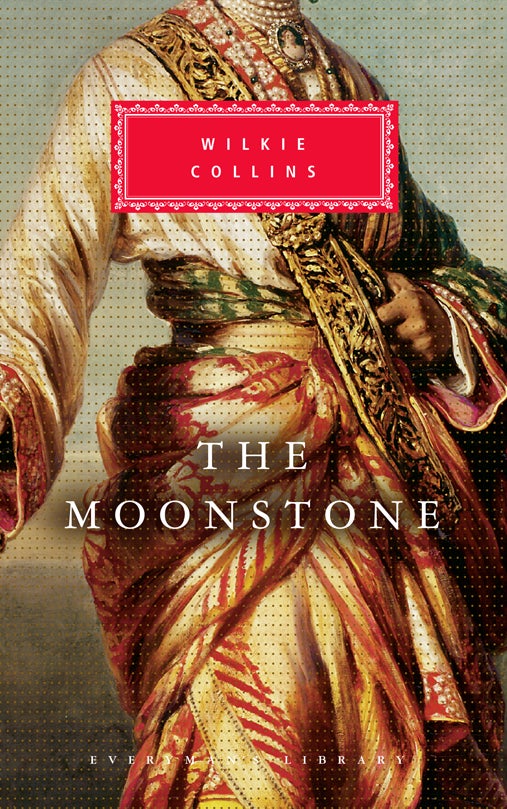
Follow that with Wilkie Collins’ The Moonstone (chock-full of forensic details and shifting suspicions that would be welcome to any regular consumer of Law and Order or CSI). A diamond stolen from an Indian shrine, meant to be a young girl’s eighteenth birthday present, goes missing, and one of the suspects ends up taking over the investigation of the theft. James makes particular note of Collins’ attention to the importance of physical clues, all of which are made available to us so the detective and the reader have the same information.
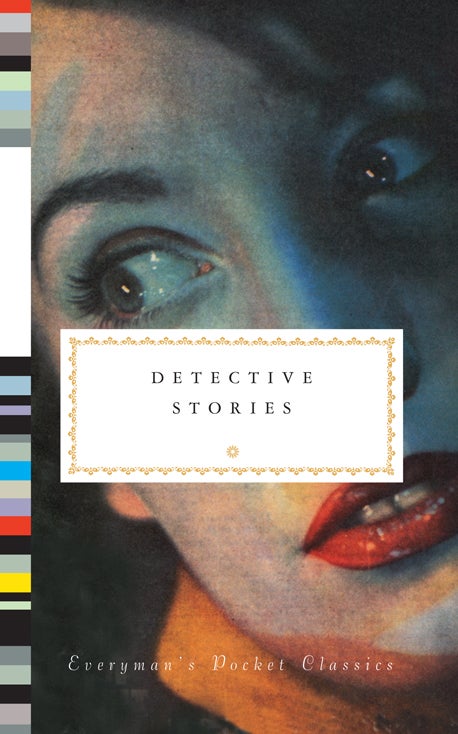
Finish with a glimpse of the future in our newest EML collection of Detective Stories, which contains both new favorites from Sara Paretsky and Ruth Rendell to old standards by Arthur Conan Doyle and Edgar Allen Poe. The stories vary in their scope (one crime scene being a weekly Go game in Chicago, another an attack in a stylish flat on the Rue de Caulaincourt) and suspects, but all offer ample evidence of the detective novel’s enduring appeal.
Though James praises Austen and Collins, her rules mainly apply to their literary descendants who defined the classic detective novel by a few key characteristics:
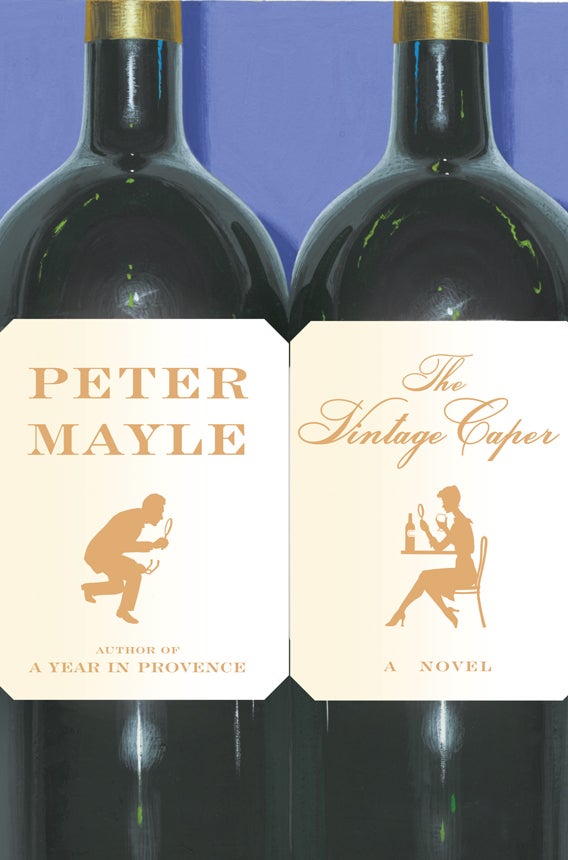 “a closed circle of suspects, each with motive, means, and opportunity for the crime”: A perfect example of this device? On a dark and stormy night, several people with dark intentions assemble in an old manor, and one leaves with a knife in his back. Peter Mayle’s The Vintage Caper uses this convention beautifully: a small group of European oenophiles who might have taken it upon themselves to steal a valuable collection. Dan Brown, too, set up a perfectly small circle (albeit a very powerful one) in The Da Vinci Code, using one group (the Priori of Zion) against another (Opus Dei). Luckily, Brown writes them as galvanizing forces rather than central characters, and so we never lose sight of the actual crime in question.
“a closed circle of suspects, each with motive, means, and opportunity for the crime”: A perfect example of this device? On a dark and stormy night, several people with dark intentions assemble in an old manor, and one leaves with a knife in his back. Peter Mayle’s The Vintage Caper uses this convention beautifully: a small group of European oenophiles who might have taken it upon themselves to steal a valuable collection. Dan Brown, too, set up a perfectly small circle (albeit a very powerful one) in The Da Vinci Code, using one group (the Priori of Zion) against another (Opus Dei). Luckily, Brown writes them as galvanizing forces rather than central characters, and so we never lose sight of the actual crime in question.
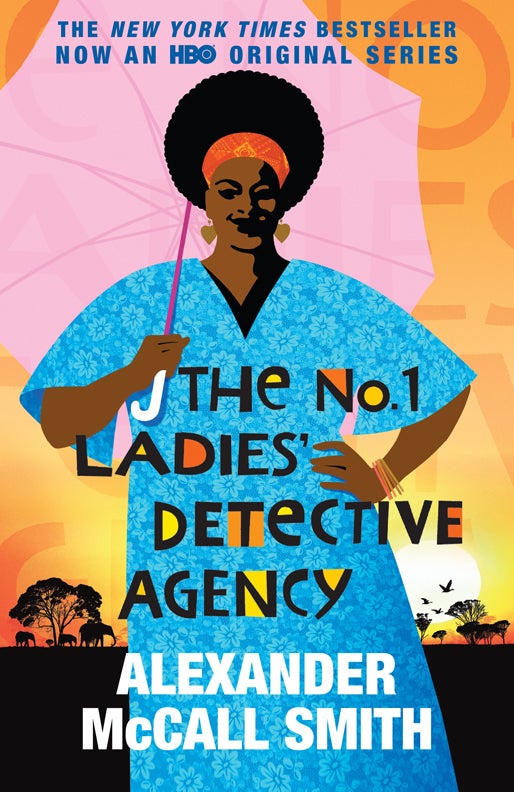 “A detective, either amateur or professional, who comes in like an avenging deity to solve it:” This could be any number of our protagonists, though very few of them are now called “detectives.” Now they might be journalists or hackers thrown together on a decades-old case, a former professor hoping to unlock his father’s past, or amateurs who find trouble everywhere they go. But all these characters have the instincts that James prizes: insatiable curiosity, a sense of fundamental right and wrong (even for the most cynical), and a drive to solev the case no matter how difficult. For a classic detective in a contemporary novel, you can’t find much better than Mme Precious Ramotswe of Alexander McCall Smith’s No. 1 Ladies’ Detective Agency series. Though she may have come to the detective profession late in life, her agency functions because she carries all the skills of an African Sherlock Holmes; her personal motives are sometimes inscrutable, but she’s got a method to her work, meticulous attention to detail, and a deep understanding of human motives and weaknesses.
“A detective, either amateur or professional, who comes in like an avenging deity to solve it:” This could be any number of our protagonists, though very few of them are now called “detectives.” Now they might be journalists or hackers thrown together on a decades-old case, a former professor hoping to unlock his father’s past, or amateurs who find trouble everywhere they go. But all these characters have the instincts that James prizes: insatiable curiosity, a sense of fundamental right and wrong (even for the most cynical), and a drive to solev the case no matter how difficult. For a classic detective in a contemporary novel, you can’t find much better than Mme Precious Ramotswe of Alexander McCall Smith’s No. 1 Ladies’ Detective Agency series. Though she may have come to the detective profession late in life, her agency functions because she carries all the skills of an African Sherlock Holmes; her personal motives are sometimes inscrutable, but she’s got a method to her work, meticulous attention to detail, and a deep understanding of human motives and weaknesses.
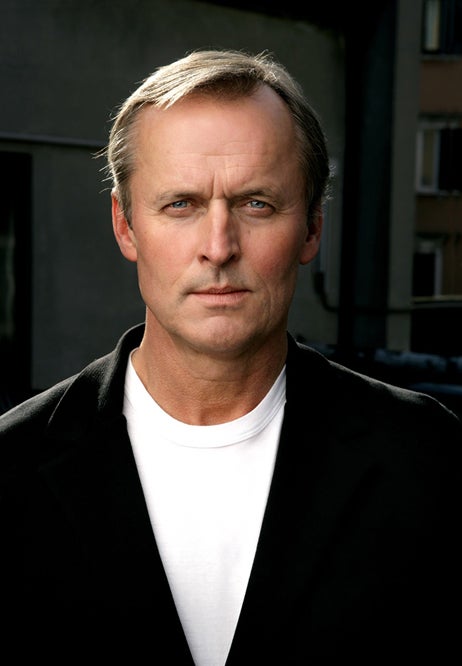 “By the end of the book, a solution which the reader should be able to arrive at by logical deduction from clues inserted in the novel with deceptive cunning but essential fairness”: Most modern novels don’t follow this rule—after all, when your great protagonist has a 3-book contract, why not extend the original mystery for as long as possible? (Th
“By the end of the book, a solution which the reader should be able to arrive at by logical deduction from clues inserted in the novel with deceptive cunning but essential fairness”: Most modern novels don’t follow this rule—after all, when your great protagonist has a 3-book contract, why not extend the original mystery for as long as possible? (Th
is was a trend that started when readers kept pushing Arthur Conan Doyle to continue his stories with Sherlock Holmes.) However, for authors with serial subject matter—say, the intrigues of the law and the criminal justice system—each novel’s mystery has to come to a logical and “fair” conclusion, as with John Grisham’s great series of legal thrillers. From A Time to Kill to The Associate, each of Grisham’s novels wraps up like a court case, with all evidence presented, all suspects thoroughly investigated, and a degree of moral certainty with the rendered verdict that, however ambivalent it might seem, satisfies the reader…
James’ rules hold up fairly well for the early novels, but when she goes through the Golden Age of detective fiction, all rules are thrown away. Gone are closed circles, avenging detectives, and logical, fair conclusions—and what arrives are cities and countries gone wrong; detectives as fallible, misguided, and often cynical to the point of criminality (see: Lizbeth Salander); and endings that, though they may put villains away, feel less like justice than we’d expect. The new novels “deal with violent death and violent emotions . . . We are required to feel no real pity for the victim, no empathy for the murderer, no sympathy for the falsely accused. For whomever the bell tolls, it doesn’t toll for us.”

As the American hardboiled crime detectives enter the genres, Dashiell Hammett, James M. Cain, and Raymond Chandler redefined what was possible in a detective novel—it’s harder, less neat, less fair, but, James insists, unflaggingly entertaining. On Hammett, she says his stories “are not about restoring the moral order, nor are they set in a world in which the problem of evil can be solved by Poirot’s little grey cells or Miss Marple’s cozy homilies . . . Hammett knew . . . how precarious is the moral tightrope which the private investigator daily walks in his battle with the criminal.” The new detective is as troubled as the villain, and this makes for a very different kind of reading experience, one which, after the rise of film noir, never fully returns to its classical roots and rules. If you pick up any book by James Ellroy or John Burdett, it becomes clear that the detective novel has changed dramatically since its English manor days, and many argue for the better (if much darker).
So where does that leave James with contemporary fiction? What does she see for its future—and which books are her “must-reads”?

Now that the detective novel into an international phenomenon, James calls out Henning Mankell, whose Kurt Wallander series confirms the reemergence of the professional detective as a desirable protagonist, and establishes Mankell as one of the preeminent novelists working in the genre today. (As someone who’s had a peek at his newest non-Wallander book, The Man from Beijing, he gives you one of the most brutal, magnetically-described crime scenes in recent memory.)
From her appreciation of fiction’s new knowledge of crime science, you can bet that Jeff Lindsay’s Dexter would earn a place in her pantheon of great detectives AND criminals. (How often do you get both sets of knowledge in one narrator?)
Given her extensive section praising the growing number of female authors, Stella Rimington would have to be present with her Liz Carlyle novels, written from Rimington’s true-life experience of the MI5.
And finally, dozens of the authors noted in James’ research can be found in The Black Lizard Big Book of Pulp, both of which I’ll be racing through over the holiday break. If you’re not reading to dive into novels just yet, these short story collections will be more than enough to give you a feel for the genre.
At the very beginning of her book, James quotes the poet Robert Browning as saying this:
“Our interest’s on the dangerous edge of things.
The honest thief, the tender murderer,
The superstitious atheist.”
James has staged an exquisite defense of Browning’s assessment: we are on the “dangerous edge of things,” at least when it comes to our reading habits. But of course, the more you read, the savvier a critic you become . . .